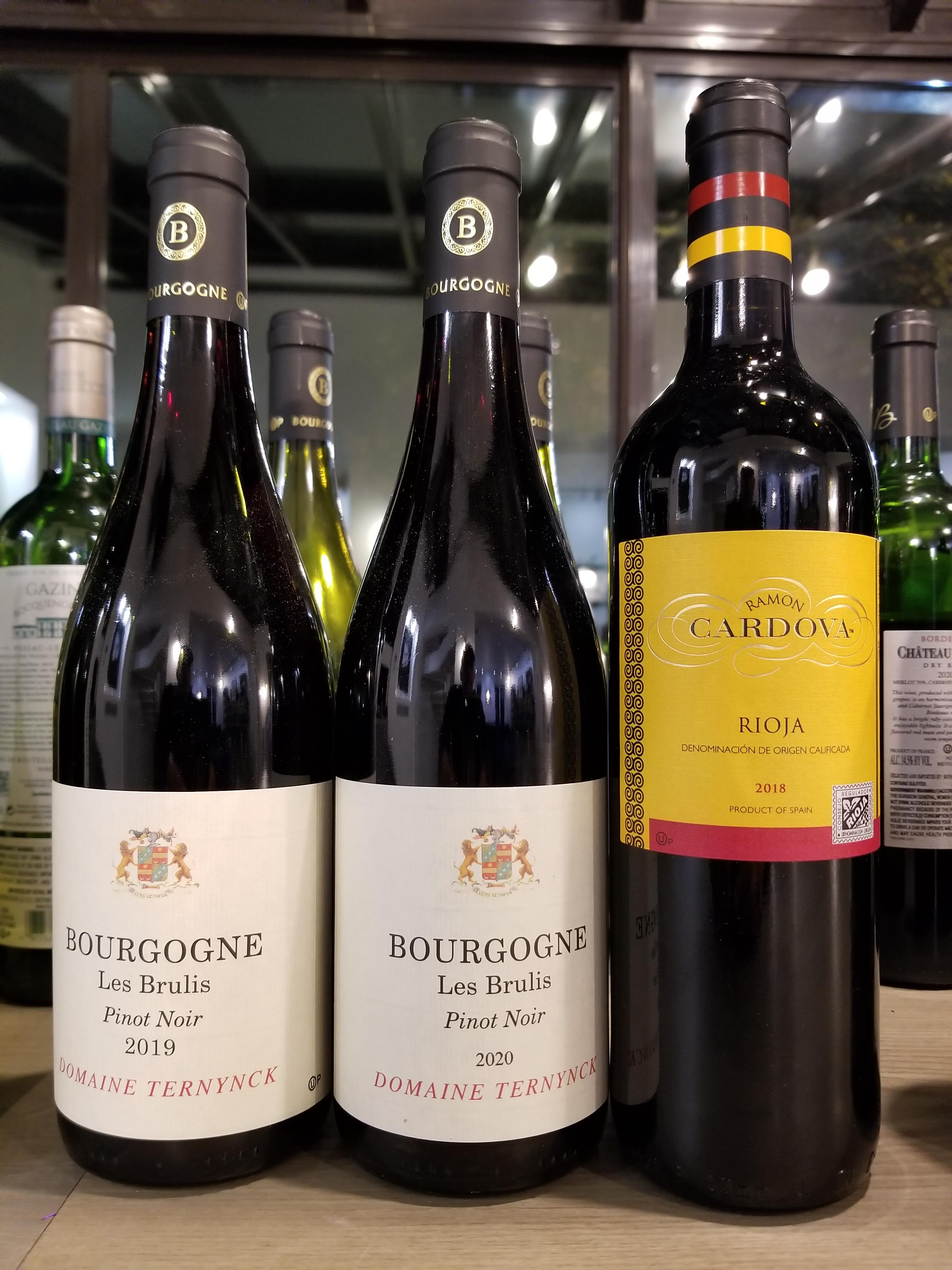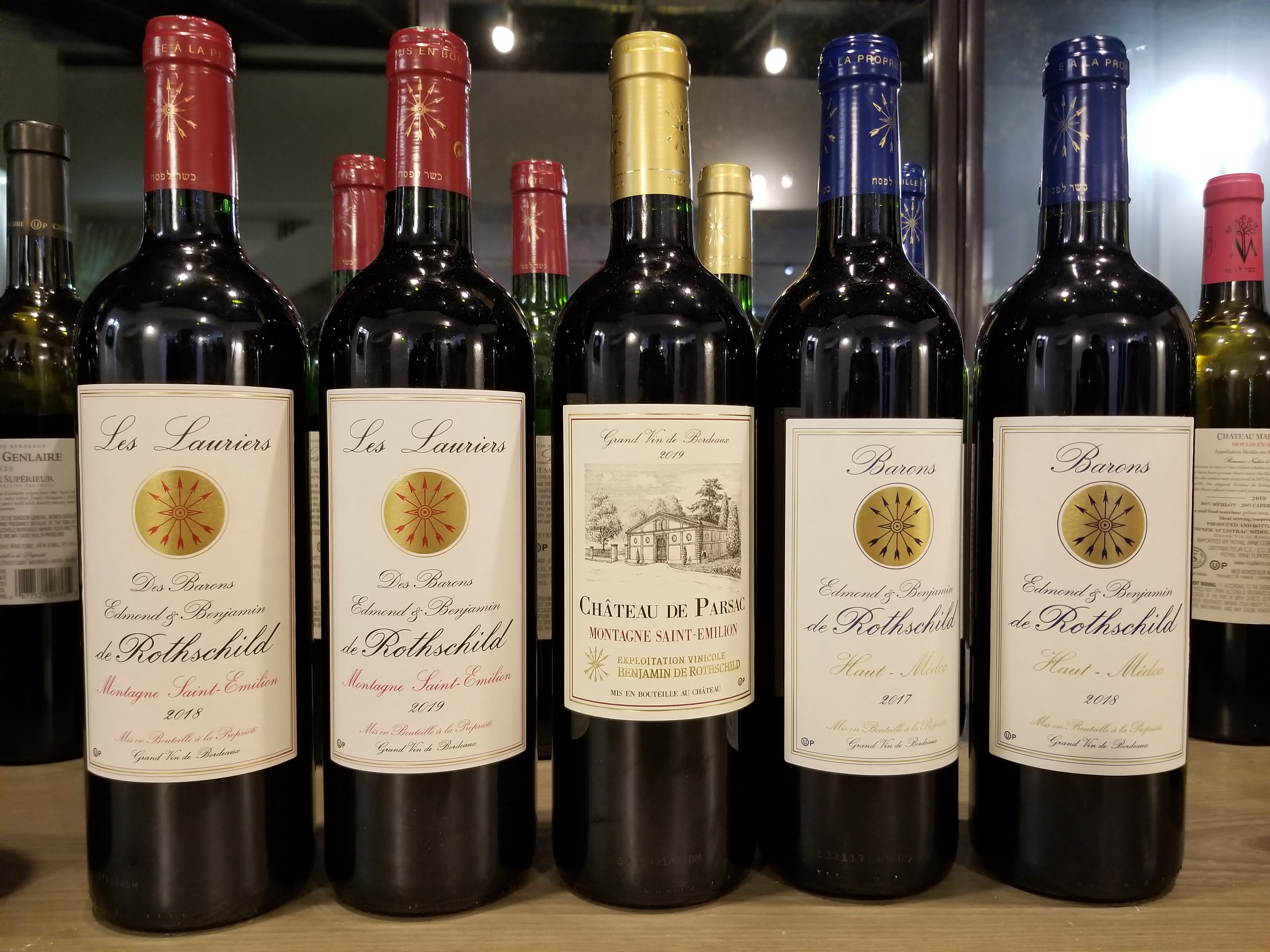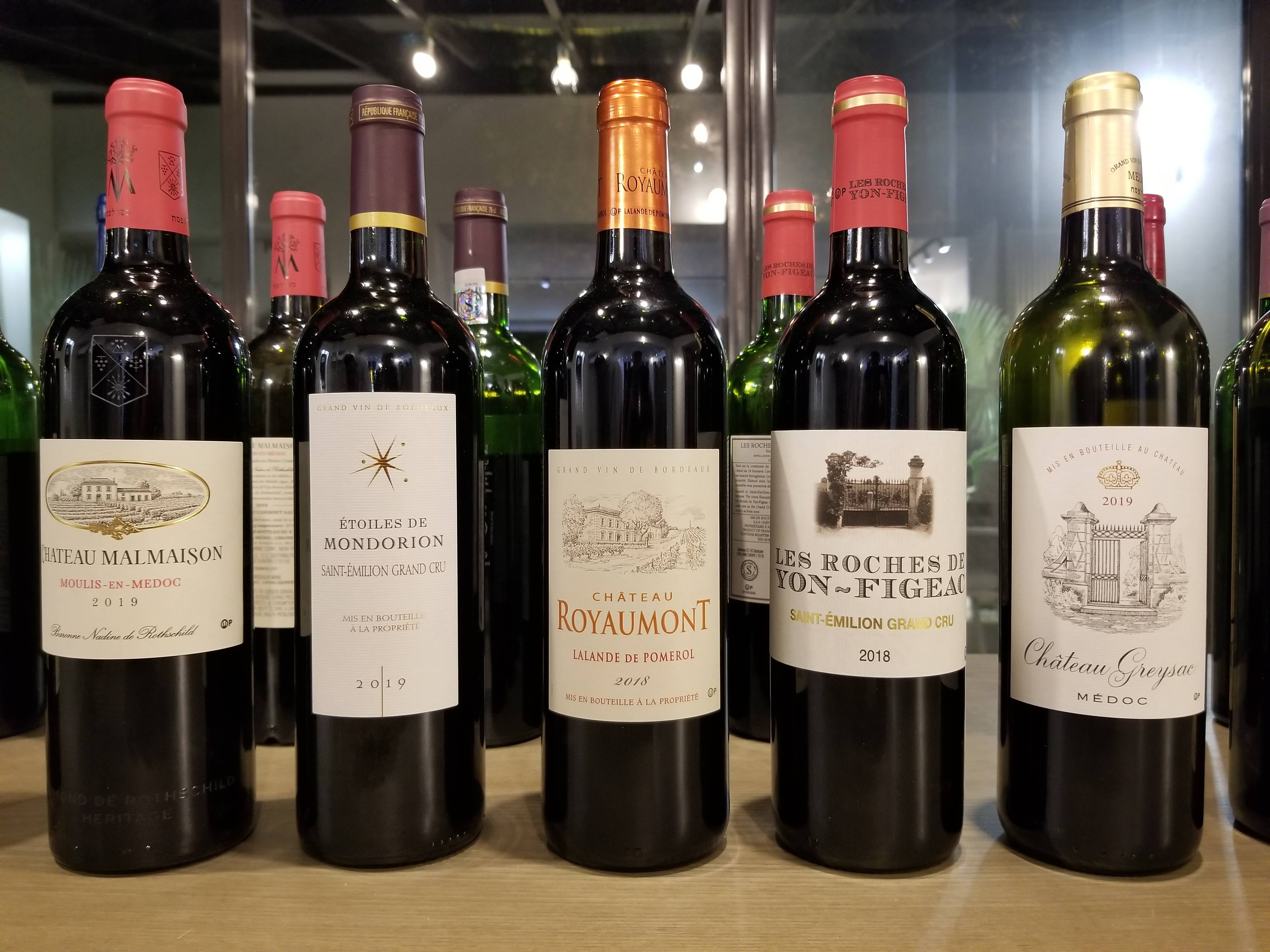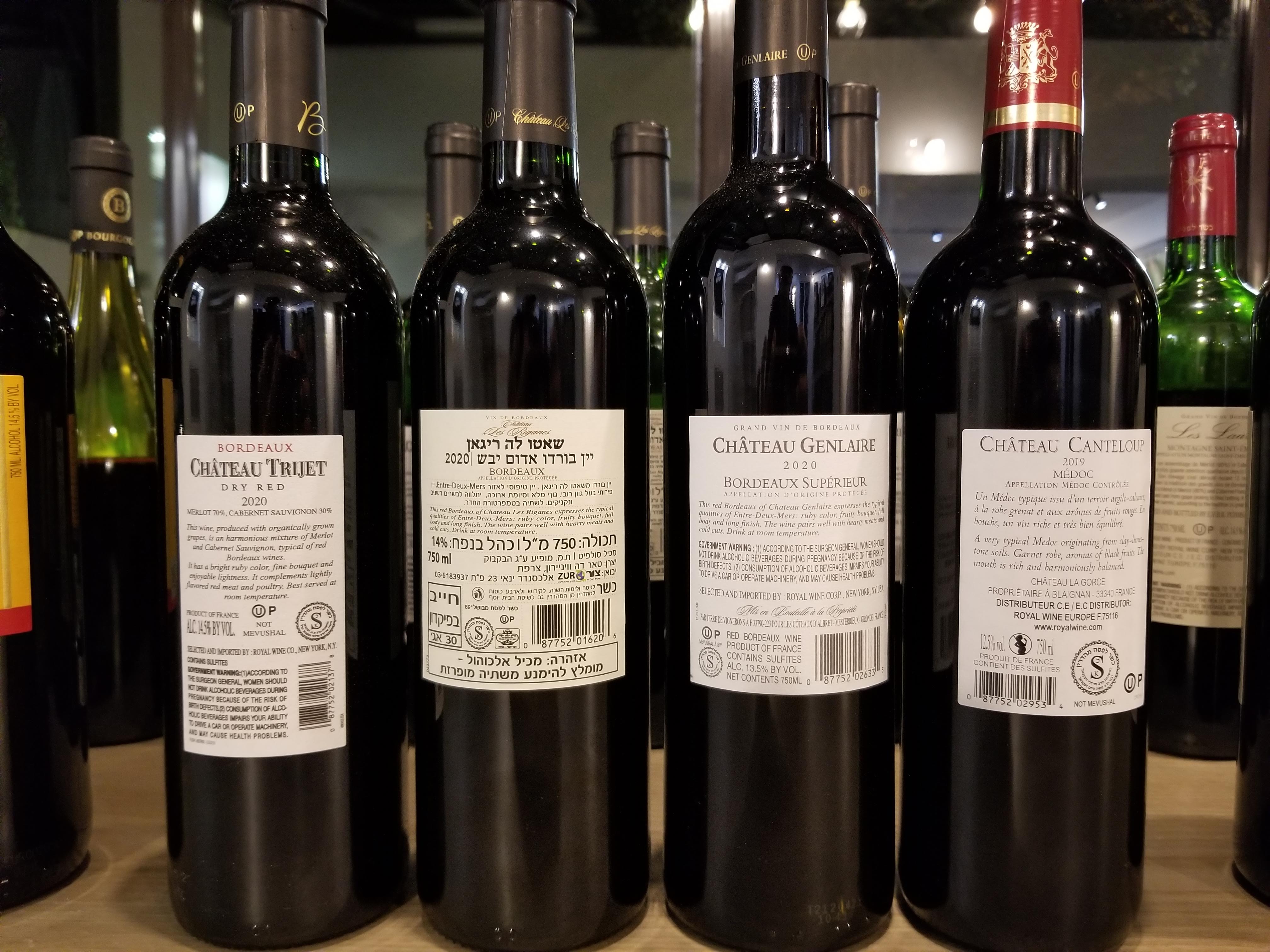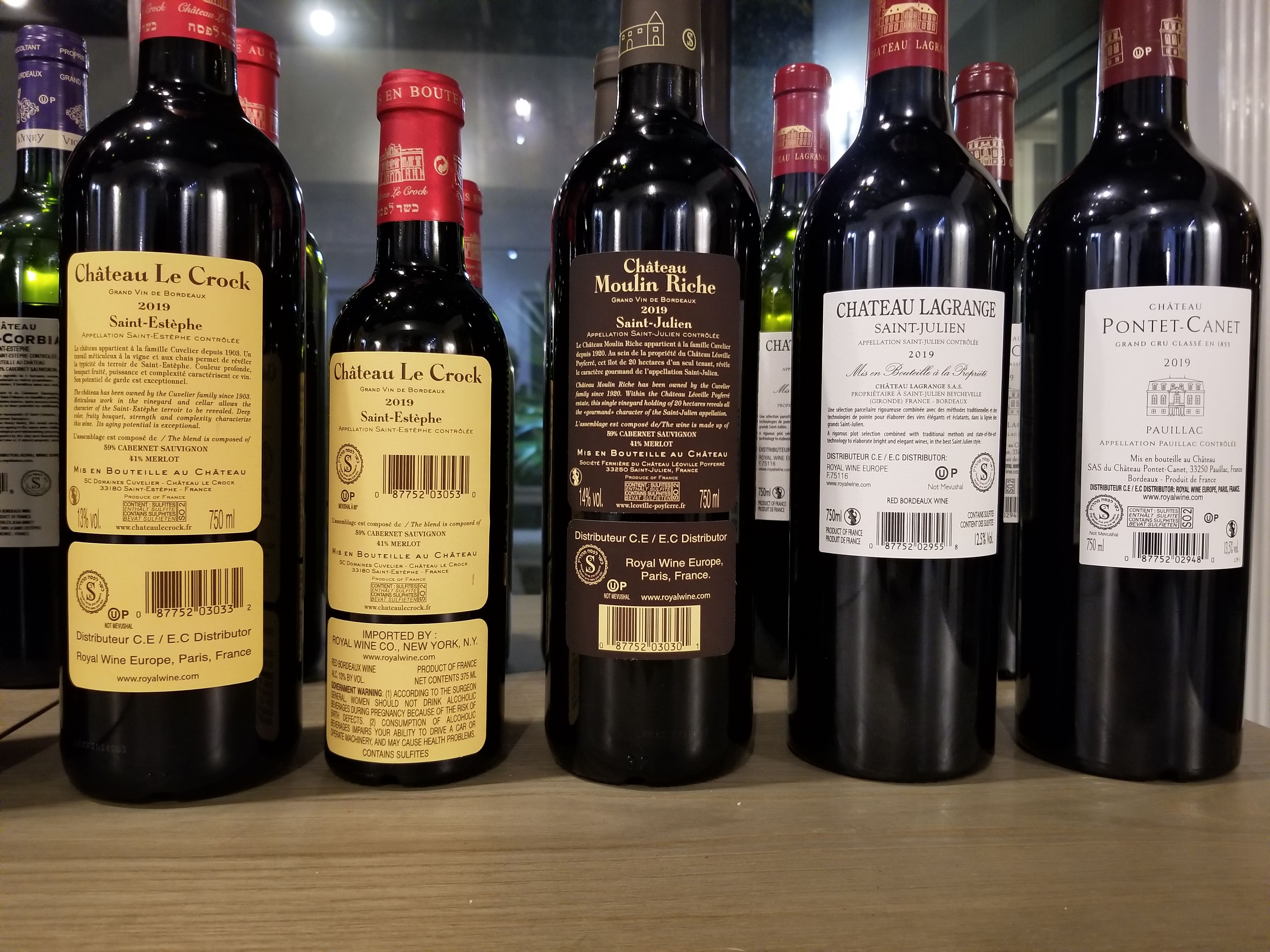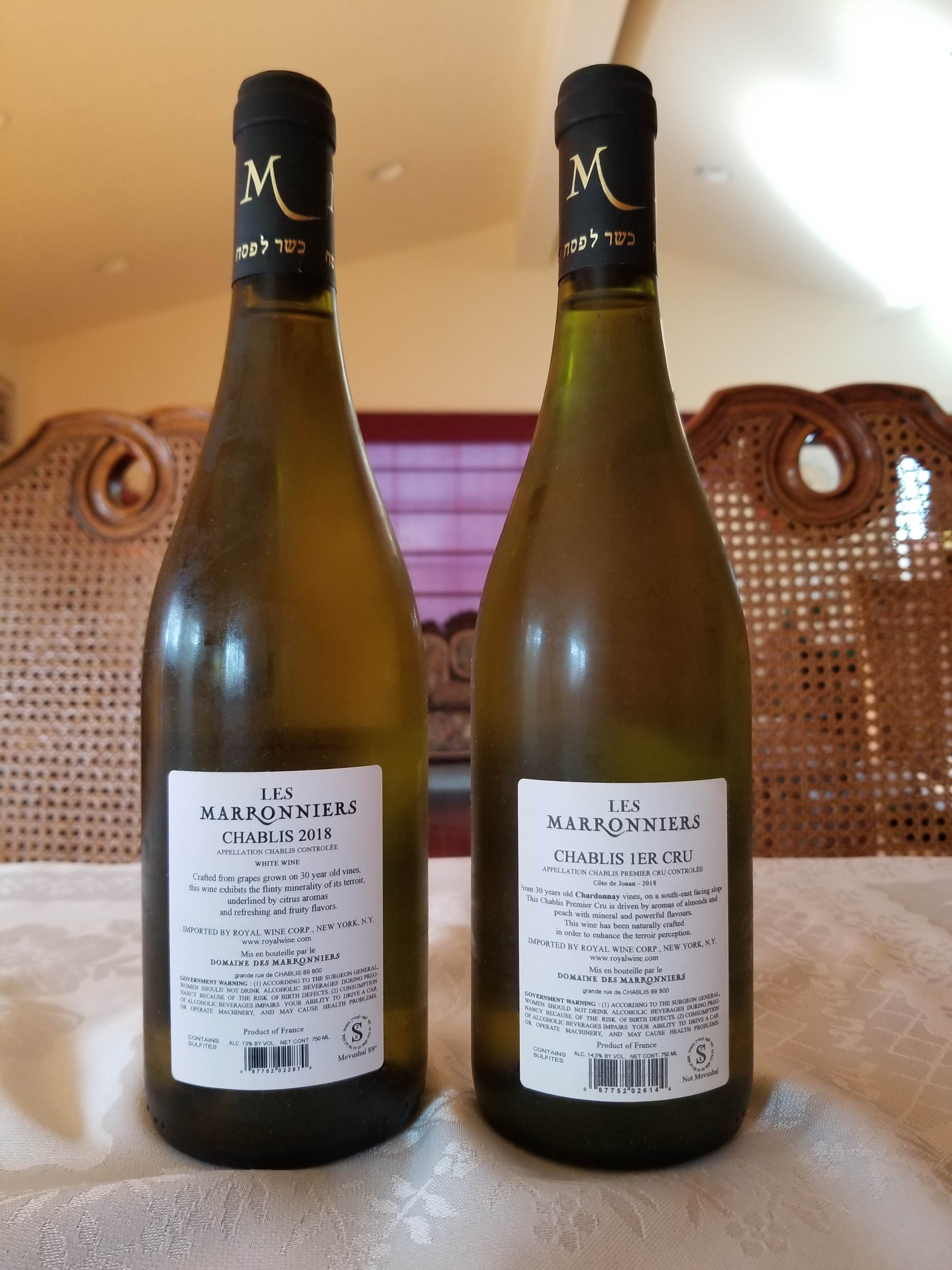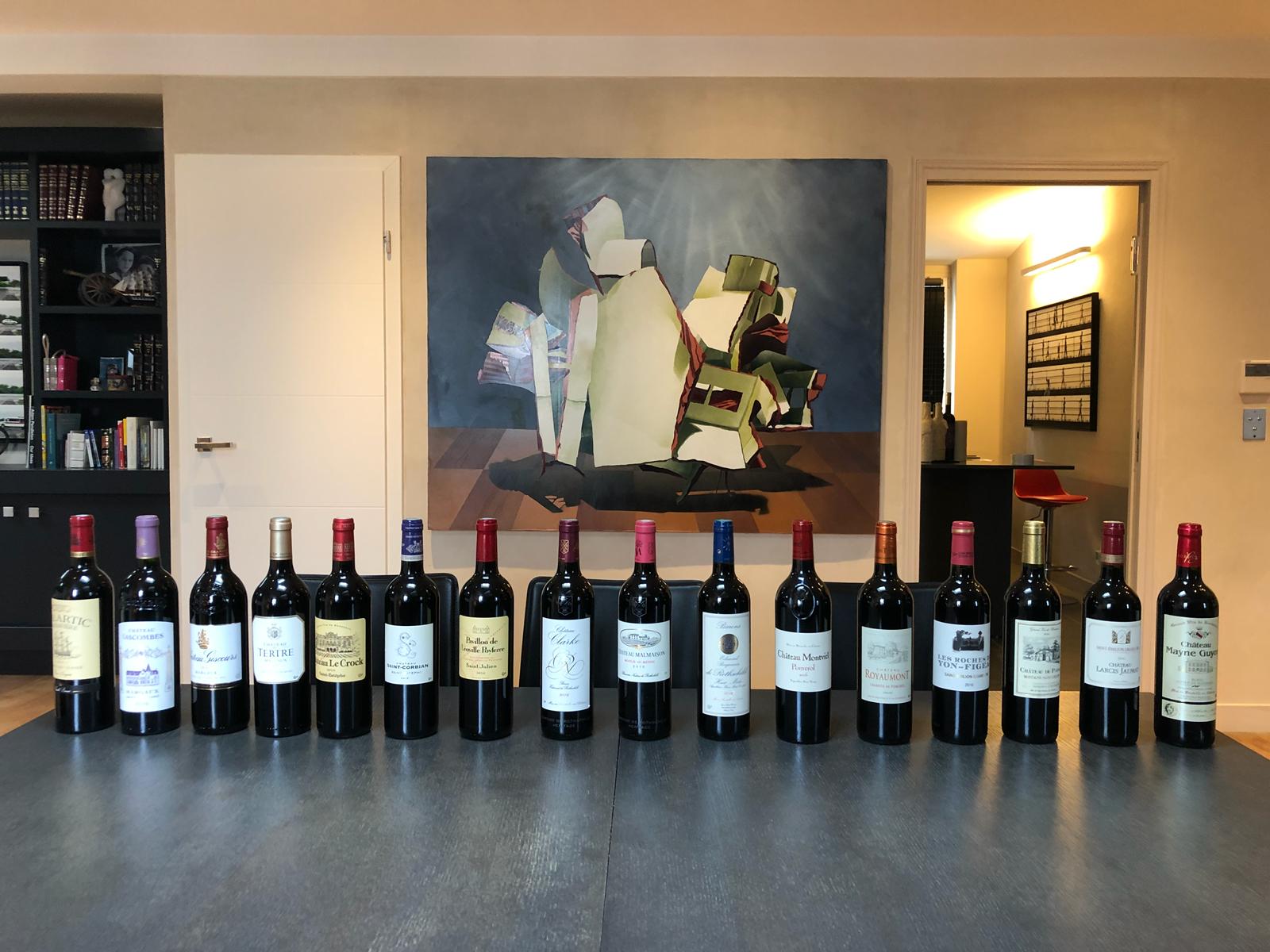Blog Archives
The top 25 QPR Kosher wine WINNERS of 2021
This past year I wanted to drive home the need for QPR (Quality to Price Ratio) wines. So I set out to create what I thought a QPR metric should be! Gone were arbitrary price ranges and such. Instead, I let the market define what the QPR price range should be. I did this by grouping the wines by their type (white, red, rose, sparkling, and dessert) and then further refined the grouping by age-ability within the white and red wines. This gave me the following groups:
- Drink “soon” White Wine (Simple whites)
- Rose Wine (always drink soon)
- Drink “soon” Red Wine (Simple reds)
- Mid-range aging Reds (4 to 11 years)
- High-end Red wines (11 and more years)
- High-end White wines (7 and more years)
- Sparkling Wine (No need here for extra differentiation)
- Dessert Wine
I then made the mistake of trying to create an Orange wine range/group – that was a HUGE mistake. Again, the wines themselves were not the issue, the issue revolved around trying to group such a small sample set into its group. They will go into their respective white wine category, next year.
Throughout the year, I posted many QPR posts, for almost all of the main categories. I will continue down this road until I find a better way to categorize and track wines that are QPR WINNERS. Talk about WINNERS, that secondary QPR score was a 2.1 revision to my QPR scoring, and that is explained in this post. All the wines listed here are QPR WINNERS from my tastings in 2021.
This year, the list came to a total of 25 names, and none had to dip below 91 in the scores, which is a large number and better scores overall than last year, but again, the pool from where they are culled continues to grow, and the diamonds in the rough are getting harder and harder to find.
I have added a few new things this year. The first is QPR for France, the prices for many wines there, are dirt cheap! Maybe, Avi Davidowitz, from kosher wine unfiltered, can create a list like that for Israel, this year, a bunch of wines became available there, and a proper QPR list would be worthwhile!
Shoutout to a GREAT wine that is just sitting around!
I am sorry to get on my soapbox before we get to the top QPR wines of 2021. But I have to ask what is wrong with the 2018 Vitkin Grenache Blanc??? Yes, it is a bit expensive, but it is also one of the best white wine on the market currently, hailing from Israel. It is incredible – funky, acidic, rich, and expressive – please folks – try the bottle and then once you find out how awesome it is, buy some!! As always, I get nothing for promoting/suggesting a wine, NOTHING, I am simply reminding folks – great wines still hail from Israel!
The wines on the list this year are all available here in the USA, in Europe, and a few can be found in Israel, as well. The wine notes follow below – the explanation of my “scores” can be found here and the explanation for QPR scores can be found here:
The 2021 Red QPR kosher WINNER
The 2017 Clos Mesorah is lovely! It is available in the USA and elsewhere. I tasted the 2018 and 2019 as well, and they are lovely, but I will taste them again on the release here in the USA.
2017 Clos Mesorah, Montsant – Score: 94 (QPR: WINNER)
This is a super elegant, floral, and feminine wine, bravo!! The nose on this wine is beautiful, showing floral notes of violet, white flowers, with blueberry, black fruit, smoke, roasted duck, earth, and loads of smoke, dirt, and loam. The mouth on this full-bodied wine is so elegant, layered, concentrated, earthy, fruity, smoky, and richly extracted, with boysenberry, lovely green olives, blackberry, dark cherry, plum, smoke, earth, loam, and lovely sweet cedar, with green notes, sweet tobacco, sweet basil, and lovely acid. The finish is long, green, with draping elegant tannin, showing a bit more acid than even 2019, sweet smoking tobacco, dark chocolate, white pepper, and anise. Bravo!! Drink from 2025 until 2035. (tasted November 2021) (in Montsant, Spain) (ABV = 14.5%)
The 2021 White QPR kosher WINNERS
These two wines were available before but I fear the 2019 Netofa Latour, White is sold out, and the 2020 vintage is not as good as the 2019 vintage. The 2018 Tel Qasser, White is lovely and available.
2019 Netofa Latour, White – Score: 93 (QPR: WINNER)
The nose on this wine is pure heaven, incredible, refined oak, with a refined approach to the fruit, straw, earth, pear, white apple, and smoke, with creme brulee, awesome! The mouth on this medium-bodied wine is truly impressive, with layers of acidity, elegance, sweet oak, with oak tannin, but the creme brulee and smoke are beautiful, with green notes, pear, tart guava, and sweet apple brioche, wow! The finish is long, green, tart, with sweet fruit, mineral, slate, and more freshly baked goods. Bravo! Drink from 2023 until 2030. (tasted January 2021)
2018 Netofa Tel Qasser, White – Score: 92+ (QPR: WINNER)
The 2018 vintage shows far more of the classic Roussanne reductive aspects than 2017 does today, but it is also far richer, deeper in intensity, and approachable, but I would let this lie. The nose on this wine, like 2017 starts closed, yes, it is open, but please there is so much more here, it is just covered in marzipan, almonds, walnuts, oak, smoke, orange, orange blossom, with rich salinity, big bold and bright fruit hiding, and lovely spice. The mouth on this full-bodied wine is incredible, just WOW, and that is with 10 minutes of air, this wine will improve with a couple of years, but I do see how approachable this wine can feel, and if you want to go ahead, but it will be better in a few years, with layers upon layers of smoke, ripe controlled fruit, with ripe peach, apricot, melon, incredible nutty notes, lovely tannin, green olives, wrapped in an unctuous and oily mouthfeel that feels like being wrapped in a sushi roll of oak, smoke, fruit, and nori – WOW! The finish is so long, I AM VERY HAPPY it was my last wine of the tasting, this is crazy, so incredible, with lingering notes that last forever of almonds, walnuts, nuts, smoke, grip, orange blossom, orange, tannin, acid, rock, hay, and more acid, incredible! BRAVO!! BRAVO to the master! Drink from 2023 until 2027. (tasted March 2021)
Rest of the top QPR Winners (in no particular order)
2019 Chateau LaGrange Grand Cru Classe En 1855, Saint-Julien – Score: 94+ (QPR: GREAT)
WOW, what wine for a 12.5% ABV wine, come on, the next time someone says I need to wait for the phenolics to talk with me, the answer is this wine! This wine is a blend of 80% cabernet Sauvignon, 18% Merlot, & 2% Petit Verdot.
The nose on this wine is lovely and perfumed with rich minerality, dense loam, graphite, smoke, roasted animal, clay, black and red fruit, all wrapped in more dirt, tar, and licorice, wow!
The mouth on this medium-plus bodied wine is beautiful, the acid is perfect, balanced and tart, elegant and layered, with lovely raspberry, plum, dark currants, hints of blue fruit, with ripe cassis, scraping mineral, dirt, loam, roasted herbs, menthol, with sweet vanilla, and lovely licorice.
The finish is long, with draping tannin, scraping mineral, and lovely tar, loam, nice leather, and rich garrigue, really lovely! Drink from 2031 until 2042. (tasted November 2021) (in Paris, France) (ABV = 12.5%)
My latest round of both new and old winners and some more losers for 2019
After my long hiatus, I am happy to say that this post brings me current to wines I want folks to know about, both good and bad. Thankfully for you, it does not include at least 45 roses, white, and red wines that were so horrible that I see no value in posting their NA scores here.
However, two wines that need warning are the 2017 Chateau Lacaussade Saint-Martin
and any wine from Capcanes Cellars made from 2015 and on, other than the 2015 Capcanes Pinot Noir and the lovely 2015 Capcanes Samso Carignan. To me, this is truly sad Capcanes was a rockstar and a perennial goto and QPR wine, other than there roses. Now, they have soldout to Parker’s view of wine and I cannot fathom for even a second what they gain from this. Their wines sold perfectly well so sales cannot be the reason. Yes, there is a new winemaker, Anna Rovira, who recently won the prestigious female winemaker of the year for the 2019 award from Selection magazine! Congratulations! She replaced the longtime winemaker of Capcanes Angel Teixidó. Sadly, from my perspective, the wines are far riper than they used to be, they also show less acid and less balance. They are wines that I no longer buy, the last Capcanes I bought was from the 2014 vintage. With that said, I hope this shift is a byproduct of some rough years and that the 2017 vintage will return to its old self, one can always hope!
On another aside, please folks – STOP drinking 2017 whites and 2018 roses – they are dead! I have had loads of 2018 roses recently, they are dead or on the way down from jumping off the cliff. Sure, there are whites that are still young from the 2017 vintage, like full-bodied Chardonnays or white Bordeaux, other than Lacussade. Sadly, many of the 2018 whites are on their way down as well. The 2018 Tabor Sauvignon Blanc is already losing its acid and so many others as well. Please be careful, taste before stocking up. The simple whites are like roses, drink them by fall.
On the good news side, the 2017 vintage from Bordeaux is so far so good! The much scorned 2017 vintage from Bordeaux so far is holding up very well. I really liked the 2017 Chateau Mayne Gouyon, which is simple and mevushal, and very tasty. The 2017 Chateau Moulin Riche was lovely, maybe even better than the 2016 vintage. I hear the 2017 Chateau Le Crock and the 2017 Chateau Royaumont are also showing very well, all-around great news for the much pooh-poohed 2017 vintage.
Finally, bravo goes to Herzog Wine Cellars, they continue to impress with their number one grape – Cabernet Sauvignon. They are predominantly Cabernet Sauvignon heavy, which makes sense given the current kosher wine market. When you go to KFWE and other wine events, just listen to people, their number one desire is the best Cabernet Sauvignon on the table or just whatever wine you have that is Cabernet Sauvignon-based. It is both sad and totally hilarious at times. So, sure Herzog goes where the money is. The accolades, at least from me, anyway, is for the raising of the bar and for the sincere effort that they put into making world-class Cabernet Sauvignon wines. Bravo!
I wanted to keep this simple, so the wine notes follow below – the explanation of my “scores” can be found here:
2014 Chateau Haut Condissas – Score: 91
This wine is ripe, and really oaky, with nice mineral, green notes galore, but front and center is mounds of dark fruit, sweet oak galore, and lovely garrigue. The mouth is lovely, and rich, with medium-bodied structure, showing with lovely sweet fruit, earth galore, and lovely extraction, that gives way to green notes, layers of sweet but balanced fruit, with blackberry, cassis, dark raspberry, and rich forest floor. The finish is long and mineral-based, with intense tobacco, mineral, pencil shavings, and sweet fruit that gives way to dill, earth, forest floor, mushroom, and sweet oak. Drink from 2023 until 2028
2013 Chateau Grand-Puy Ducasse, Pauillac – Score: 91
To me, the 2013 Moulin Riche and 2013 3 De Valandraud were two of the best wines from the poor 2013 Bordeaux vintage, though this one always held potential.
This wine has evolved now to show even more tertiary notes than when I had this two years ago. The nose on this wine is lovely but still stunted, with clear and lovely notes of mushroom, dirt, and loam, followed by ripe fruit, showing red and black, with floral notes of heather and English lavender, with foliage and sweet notes. The mouth is nice on this medium-bodied wine but it is thinner than the younger 2015 (which is a superstar), with a balanced mouth, showing nice acidity, followed by cherry, raspberry, blackberry, with more foliage and forest floor, lovely garrigue, graphite, sweet tobacco, sweet dill, nice mineral, and mushroom. The finish is long, tart, yet very fruity, with great balance and attack, though showing little complexity, more like a dirty and green/garrigue/foliage and herb-infused fruit-forward wine, with mineral, acidity, and nice mouth-coating tannin bringing it all together. Drink by 2024. Read the rest of this entry



